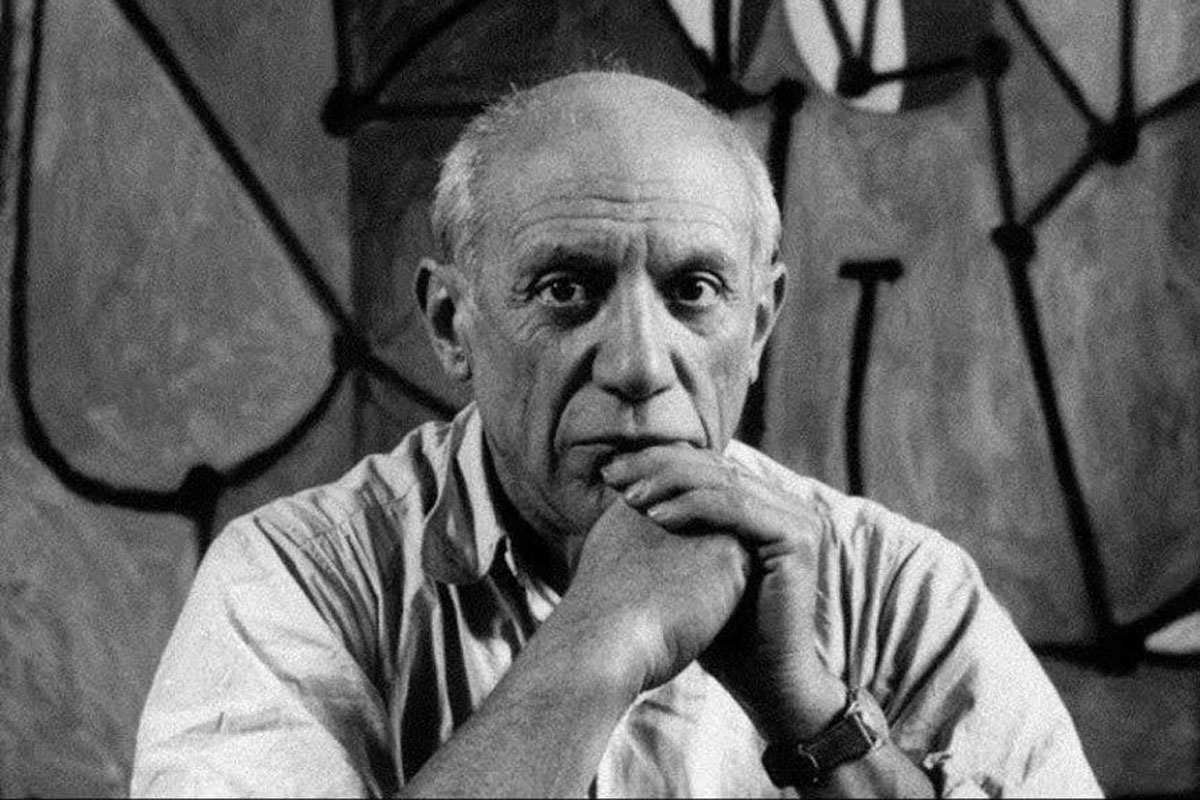This series of articles seeks to examine the character attributes of highly successful leaders, regardless of their adherence to a strong faith or moral standard. In presenting these thoughts, Leadership Ministries is not agreeing with or advocating these traits or practices, but rather presents these as ideas for discussion and development in your own leadership journey.
Leonardo di ser Piero da Vinci (1452-1519) was an Italian polymath of the High Renaissance who was a painter, draughtsman, engineer, scientist, theorist, sculptor, and architect. Da Vinci was known for his expressive artwork and futuristic inventions. His masterworks include the Mona Lisa—regarded as the world’s most famous painting—and The Last Supper.
Da Vinci became known for his notebooks, in which he made drawings and notes on a variety of subjects, including anatomy, astronomy, botany, cartography, painting, and paleontology. Leonardo is widely regarded to have been a genius who epitomized the Renaissance humanist ideal.[1] Revered for his technological ingenuity, he conceptualized flying machines, a type of armored fighting vehicle, concentrated solar power, a ratio machine that could be used in an adding machine, and the double hull we currently use for oil tankers. He made substantial discoveries in anatomy, civil engineering, hydrodynamics, geology, optics, and tribology. Some of Leonardo’s more applicable characteristics include:
Da Vinci’s “Mona Lisa” is widely considered the world’s most famous painting.
Practice purposeful procrastination. While painting The Last Supper, Leonardo would sometimes stare at the work for an hour, make one small stroke, then turn around and leave. He told the commissioner of the work, Duke Ludovico, that creativity requires time for ideas to marinate and intuitions to gel. “Men of lofty genius sometimes accomplish the most when they work the least,” he explained, “for their minds are occupied with their ideas and the perfection of their conceptions, to which they afterwards give form.”[2]
At the same time, The Last Supper is one of the few major commissions that Leonardo completed. Mason Currey speculates, “Were the many unfinished ones victims of procrastination? It depends on your definition. Leonardo was a world-class perfectionist and sometimes couldn’t bear relinquishing control of works that did not meet his high standards. He started the Mona Lisa, for example, in 1503 and worked on it intermittently for the remainder of his life, still regarding it as unfinished when he died.”[3]
Be endlessly curious. Leonardo possessed endless wonder about how everything around him worked. Among his many curiosities was the mystery of flight. He filled notebook upon notebook with his observations, including, “There are some birds that move their wings more swiftly when they lower them than when they raise them, and this is the case with doves. There are others which lower their wings more slowly than they raise them, and this is seen with crows.” It is a testament to da Vinci’s brilliance that the technology to build many of his ideas did not exist at the time he dreamed them up. When his plans for a glider (circa 1505) were constructed to his exact specifications for the television program Leonardo’s Dream Machines some 500 years later in 2003, it flew further than the Wright brothers had gone on their first attempt.
Da Vinci had no formal education. His acquired knowledge come entirely from his own study and curiosity. In da Vinci’s life, every subject matter he observed was equally important in informing the others. We have more than 7,200 pages of journal entries from da Vinci today. This pales in comparison to, for instance, the emails left behind by modern-day genius Steve Jobs. Da Vinci biographer Walter Isaacson writes, “Leonardo had almost no schooling and could barely read Latin or do long division. His genius was of the type we can understand, even take lessons from. It was based on skills we can aspire to improve in ourselves, such as curiosity and intense observation. He had an imagination so excitable that it flirted with the edges of fantasy, which is also something we can try to preserve in ourselves and indulge in our children.”[4]
“The Last Supper” is another of da Vinci’s masterworks.
Make connections. In Leonardo’s time, there was no meaningful distinction between art and science. In our time, he could be considered both an Einstein and a Picasso. He constructed his own idea of the universe, one in which all the parts are related. For example, he would compare water to air or to the curls of a human being’s hair. Today, we see literal examples of the intersection of art and technology in how products are made to be both feats in engineering and beauty or how technology is used in music and art to tap into our human emotions.
Of da Vinci’s ability to connect between disciples, Professor Francesca Fiorani of the University of Virginia writes, “We call it interdisciplinary today, but it’s really figuring out ways in which ideas from different fields, from different domains, become relevant to others. And good ideas come from that interaction.” Walter Isaacson comments, “His lack of reverence for authority and his willingness to challenge received wisdom would lead him to craft an empirical approach for understanding nature that foreshadowed the scientific method developed more than a century later by Bacon and Galileo. His method was rooted in experiment… and the ability to marvel at phenomena that the rest of us rarely pause to ponder after we’ve outgrown our wonder years.”
[1] https://en.wikipedia.org/wiki/Leonardo_da_Vinci
[2] https://www.forbes.com/sites/delltechnologies/2017/12/20/8-lessons-business-leaders-can-still-learn-from-leonardo-da-vinci/
[3] https://masoncurrey.substack.com/p/was-leonardo-da-vinci-a-procrastinator
[4] https://www.goodreads.com/work/quotes/55861438-leonardo-da-vinci


































Michael Jordan is a former professional basketball player and businessman. He played 15 seasons in the NBA and won six NBA championships with the Chicago Bulls.